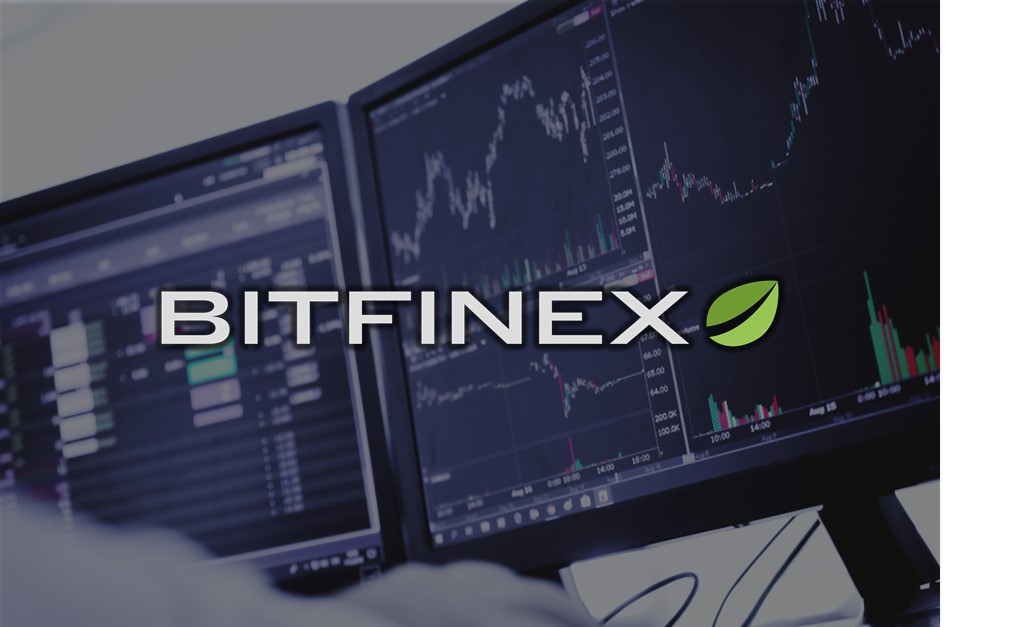
Over the past 30 days, Bitcoin’s 30-day volatility has fallen to 25.75%, according to data from blockchain analytics firm IntoTheBlock.
“The cryptocurrency markets continue to stay eerily calm as volatility drops and traders continue to expect a big move,” wrote Zack Voell in yesterday’s market report for Coindesk. The prolonged period of low volatility price consolidation in bitcoin that we’ve witnessed in recent months is a result of an increasing presence of high-frequency trading (HFT) firms in crypto in recent months as Bitcoin demonstrates increasing maturity as an asset class, according to James Banister, CEO, Market Synergy, a Zug-based infrastructure provider.
“From Jump to DRW, a lot of them [HFT firms] are diving in headfirst because of a lack of opportunities in the traditional high frequency, low latency trading,” said Frank Chaparro, News Director at The Block in a recent episode of The Sccop with Tarun Chitru, founder and CEO of Gauntlet. Chitru said his simulation platform for crypto networks was populated by former participants in conventional HFT markets who were drawn to new opportunities in the digital space.

As a hub for HFT in crypto, Bitfinex is providing a host of proximity hosting services to meet this growing demand.
Bitfinex has partnered with Market Synergy to offer institutional standard cryptocurrency connectivity. HFT firms seeking exposure to crypto can obtain secure connectivity via a FIX feed or ISP link to Bitfinex’s digital asset gateway.
Between 80 percent and 90 percent of volume on Bitfinex is now generated by HFT firms.
“In crypto, we are back to the old days of HFT before it became the zero-sum game that it has become today,” said Paolo Ardoino, CTO at Bitfinex. “In crypto HFT firms can make a lot of money deploying relatively straightforward plays, such as cross-exchange arbitrage and exploiting the spread between one exchange and another.”
SuperCryptoNews had a chance to gain an insight into Paolo Ardoino’s perspective on this rising trend and what it may bring to the everyday retail traders.

Paulo Ardonio, Chief Technology Officer at Bitfinex
SCN: Do you think the increase in HFT activities on crypto exchanges benefits the majority of retail traders? What effects will an increase in HFT have on the crypto market in the long term?
Ardoino: The increase in HFT activities adds more liquidity to crypto exchanges, provides sufficient orders for both sides of the order book, and increases market efficiency.
Some of our traders are using algorithmic trading programs to deploy HFT strategies such as statistical arbitrage and volatility arbitrage. These traders are exchanging ideas and strategies on Bitfinex Pulse, a social network tailored to meet the needs of professional crypto traders. We believe that such discussion and exchange of new ideas is a positive for the crypto community in the long term.
SCN: As HFT activities take up to 90% of tradings made on Bitfinex, will this change the importance of everyday day traders?
Ardoino: Day traders remain very important to Bitfinex. We always strive to deliver a robust, high-performance trading experience for all our customers. Among the millions of users on the platform, we have less than 50 HFT firms from conventional financial markets. Most of them use Bitfinex to hedge their positions on other exchanges because they know they can always find good liquidity on our books. Having a streaming order insertion system based on websockets enables these firms to quickly send and cancel orders to our matching engine to adjust their strategies and trading positions.
As HFT contributes to liquidity, this depth of liquidity allows Bitfinex to deliver an optimal trading performance for all traders, regardless of market conditions.
Furthermore, some of our day traders are themselves deploying algorithms on our Honey Framework to exploit rapid price fluctuations in Bitcoin, Ethereum, and other leading cryptocurrencies. The Honey Framework is a powerful tool that spans across the programming languages NodeJS and Python, enabling traders to create custom order types or event driven automated trading strategies. The framework, which integrates natively into the Bitfinex trading platform, also enables traders to backtest market data in order to better inform algorithmic trading strategies.

SCN: Can you reveal insights on which type of crypto assets HFT firms find most profitable to trade in? Is it only limited to Bitcoin, or other large caps altcoins are also being traded?
Ardoino: HFT firms generate about 80 percent of the volume and liquidity in our top markets (BTC/USD, ETH/USD).
SCN: What sets Bitfinex apart from its competitors (apart from the secure connectivity)? What factors do you think are attracting these trading firms?
Ardoino: The reliability and depth of liquidity of our exchange set us apart from our competitors.
Bitfinex is the most liquid exchange in bitcoin and Ethereum, according to research by The Block. This was most evident over a 24-hour period on March 12/13 when the bitcoin price fell by 50 percent. According to CryptoCompare’s March Exchange Review, Bitfinex represented the majority of top-tier exchange trading volume across bitcoin/US Dollar (BTC/USD) and bitcoin/Tether (BTC/USDT) markets during the period of bitcoin’s price drop.
HFT firms know that we are able to provide an impeccable service even during times of extreme volatility. Our performance in 2020 contrasts with a worrying pattern among leading rival exchanges of shutting down when bitcoin gets volatile.
Our obsession with technology and performance while being the smoothest platform to trade on also makes us a natural fit for trading firms who are concerned about latency. These firms appreciate not only the technical aspects but also our platform’s design.
————————————————————————
The presence of professional traders and trading firms in the crypto sphere reflects that the industry is continuously shifting from its nascent stage into a more mature investment vehicle. Hyper-frequency trading and arbitrage can subsequently reduce the volatility as well as providing more liquidity as bigger players demand bigger plates. This, ultimately, will soon erase the accusation of Bitcoin as a bad investment due to its young and highly volatile price actions and will be tempting for larger players and institutions to hop on a bandwagon to explore this new-found territory.
You may also want to read: USDT in a Competitive Market Filled with Rising CBDCs & Other Stablecoins: An Exclusive Interview with Tether’s CTO


